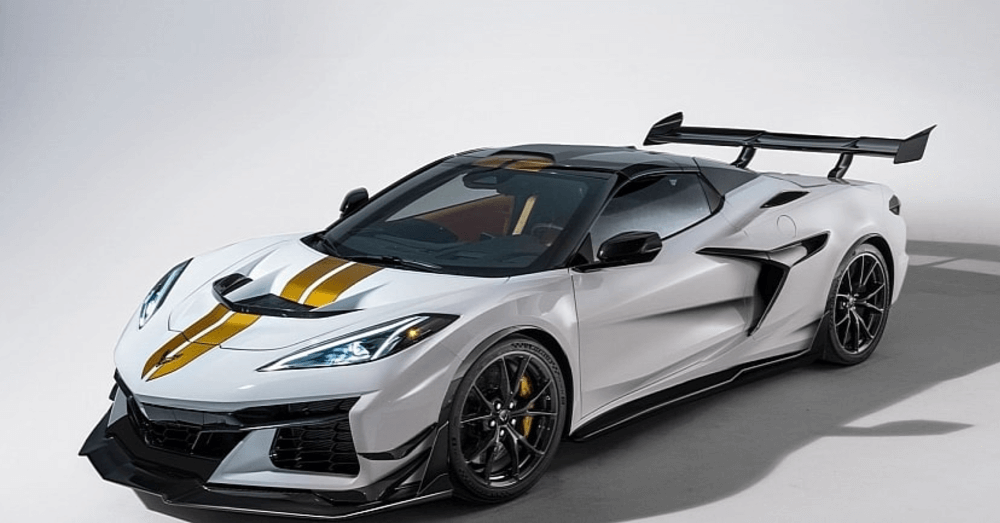
2026 Corvette Zora Hybrid Hypercar: A 1,000-HP Corvette to Take on Ferrari at Half the Price
The 2026 Corvette Zora hybrid hypercar is the next evolution of the C8 generation. This Corvette gives us everything you want in a sports car.
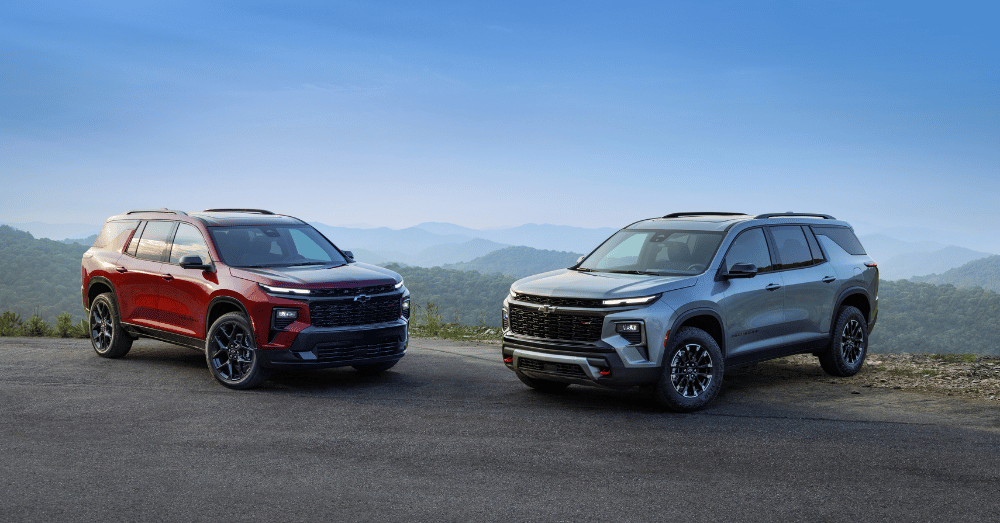
The 2026 Chevy Traverse High Country Gets a Makeover, But Does It Deliver?
Chevy went big with changes to the 2026 Traverse High Country. The three-row family hauler now runs on a turbocharged four-cylinder that actually makes more power than the old V6, comes with that giant 17.7-inch touchscreen everyone’s been raving about, and includes Super Cruise as standard equipment. But the real question families need answered is simple: does it work better for hauling kids, gear, and a week’s worth of groceries? (more…)
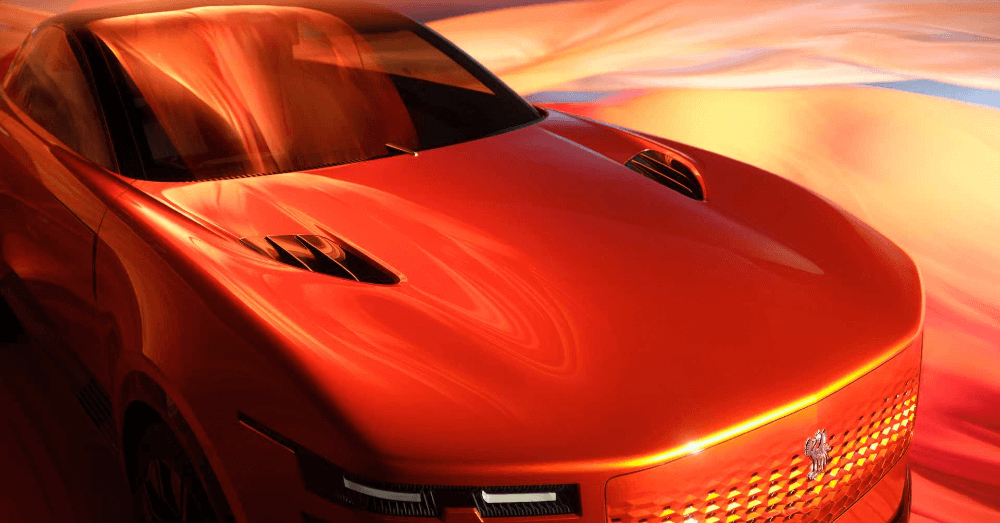
Toyota Century Coupe Takes Aim at Rolls-Royce and Jaguar
The Toyota Century Coupe could be the next big thing in the world of luxury sports coupes, but it doesn’t wear a luxury badge. Could that be a problem?
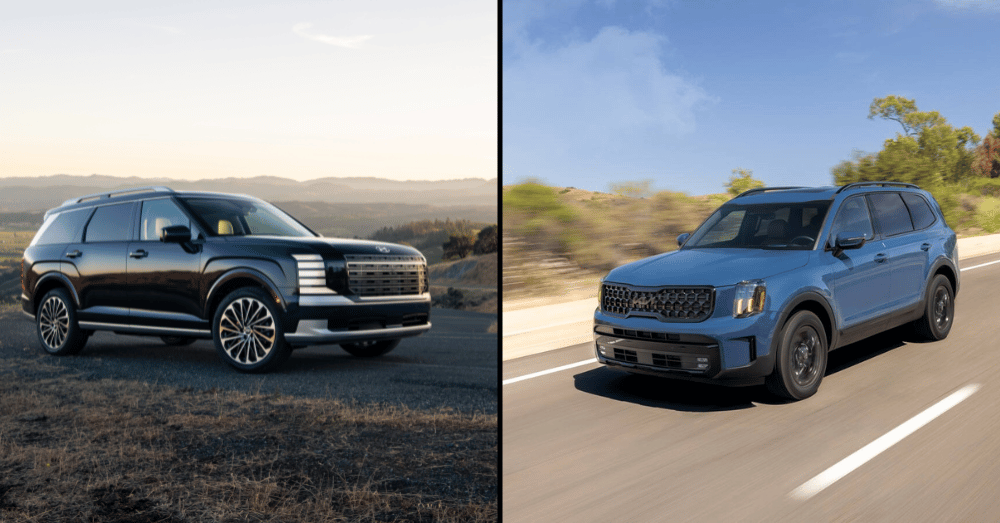
The 2026 Hyundai Palisade Gets Big Updates But Can It Beat the Kia Telluride?
Hyundai just rolled out the redesigned 2026 Palisade with fresh styling, new engines, and upgraded tech. The question everyone’s asking is whether these changes are enough to pull ahead of the Kia Telluride, which has owned the three-row SUV segment since both vehicles launched in 2020. These Korean cousins share the same platform and have been trading wins in comparison tests for years. Now one has a head start with a full redesign while the other waits in the wings.
- The 2026 Palisade starts at $41,035 compared to the Telluride’s $37,885, but offers wireless CarPlay and parking sensors as standard
- Palisade’s new 287-hp V6 is actually slower than before, taking 8.8 seconds to hit 60 mph versus the Telluride’s 7.5 seconds
- A new Palisade Hybrid with 258 horsepower joins the lineup and should deliver fuel economy in the low to mid-30s
Price Tags Tell Part of the Story
The Telluride holds a clear advantage when you compare base prices. You’ll spend about $3,150 less getting into a Telluride than its Korean cousin. Both come standard with eight seats, LED headlights, a 12.3-inch touchscreen, and all the driver assistance tech you’d expect. The Telluride even throws in synthetic leather seats as standard equipment, while the Palisade base trim sticks with cloth.
That price gap shrinks when you look at what Hyundai includes. The Palisade comes with wireless smartphone connectivity, front and rear parking sensors, and automatic reverse braking right out of the gate. You’ll pay extra to get those features on a Telluride.
At the top end, a maxed-out Telluride SX-Prestige runs $52,885 while the Palisade Calligraphy hits $56,160. The Hyundai justifies that premium with extras like a massaging driver’s seat and built-in dashcams for the front and rear.
Engine Options Present a Trade Off
Here’s where things get interesting. The 2026 Palisade ditched its old 3.8-liter V6 for a smaller 3.5-liter unit making 287 horsepower. Hyundai claims this new engine will get 21 mpg combined. The problem? The redesigned three-row SUV gained about 400 pounds, and that extra weight really shows. The new model takes 8.8 seconds to reach 60 mph, which is more than a full second slower than the previous generation.
Kia’s SUV still runs the 291-horsepower 3.8-liter V6 that returns 22 mpg combined. It hits 60 mph in 7.5 seconds, which feels noticeably quicker when you’re merging onto highways or passing slower traffic. That’s not blazing fast, but it’s about average for the class and definitely better than the sluggish Palisade.
The wild card is the new Palisade Hybrid. This turbocharged four-cylinder setup makes 258 horsepower and pairs with electric motors integrated into the transmission. Hyundai hasn’t released official fuel economy numbers yet, but expect something in the low to mid-30s for combined driving. That would smoke both V6 options at the pump.

The Palisade Offers Comfort and Space Where It Counts
Both SUVs excel at the family hauler mission. The Palisade offers 19.1 cubic feet behind the third row, expanding to 46.3 cubic feet with those seats folded. Drop all the rear seats and you’re looking at 86.7 cubic feet of cargo room. The Telluride’s numbers are slightly better on paper, but you won’t notice the difference when loading groceries or vacation luggage.
The new Palisade edges ahead slightly in ride quality. It glides over rough pavement with barely a whisper reaching the cabin. The seats offer better support and the overall composure feels more refined. The Telluride is still smooth and comfortable, but the Palisade’s updates give it a small advantage. Both provide generous headroom and legroom in all three rows, though neither SUV is spacious enough for adults in the third row on long trips.
Tech and Features Stack Up Evenly Between the Palisade vs. Telluride
The Palisade’s curved dual 12.3-inch displays look modern and work smoothly. You get over-the-air updates, a UV-C sterilization compartment, and available features like a head-up display and relaxation seats with leg rests. The Telluride counters with its own 12.3-inch screens, a solid Harman Kardon audio system on higher trims, and plenty of USB ports throughout the cabin.
Both SUVs come loaded with safety tech. Forward collision warning, automatic emergency braking, blind spot monitoring, and lane keeping assist come standard across the board. The Palisade adds some newer features like Highway Driving Assist with predictive safety systems.
What This Means for Shoppers
The 2026 Palisade brings some real improvements, but it also introduces some compromises. The slower acceleration is a real concern if you regularly drive with a full load of passengers and gear. The higher starting price might push some buyers toward the Telluride, especially when the Kia still offers sprightlier performance.
Wait for the Telluride’s redesign if you can. It’s expected to arrive for 2027 with the same powertrains and updates you see in the Palisade. That will level the playing field again and might bring its own improvements. If you need a three-row SUV now, test drive both. The Palisade’s refinement and hybrid option make it compelling, but the Telluride’s combination of value and better acceleration shouldn’t be dismissed. If neither new model fits your budget, both the Palisade and Telluride hold their value well, making them strong choices if you’re shopping for a used SUV.

Ram Just Killed Its Electric Truck Dreams (But There’s a Plot Twist)
The Ram 1500 electric truck has been cancelled. This news should not be surprising to anyone, considering the current EV market.
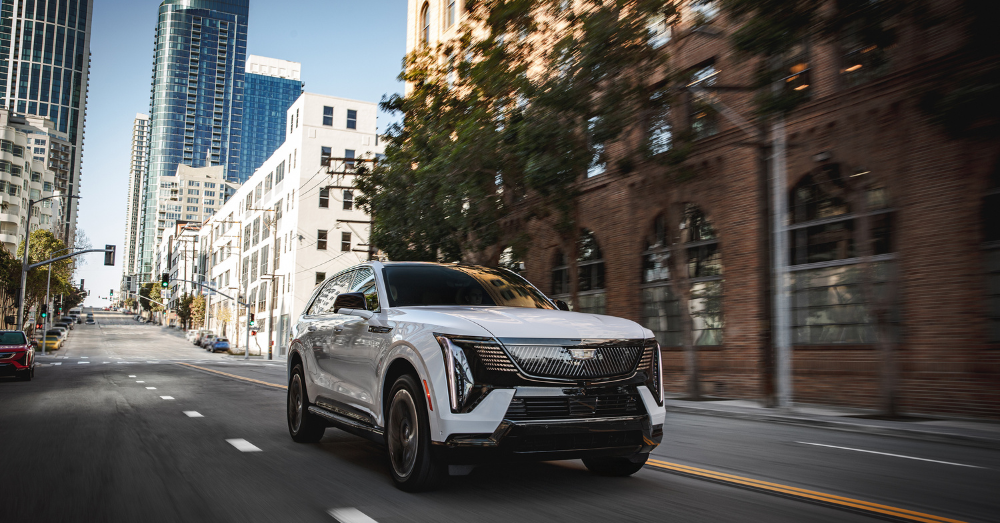
When Range Meets Reality: Cadillac’s Giant vs Lucid’s Efficiency Master
The luxury EV market just got a lot more interesting. Two completely different philosophies have emerged in electric SUVs, and they couldn’t be further apart. The 2025 Cadillac Escalade IQ brings old-school American luxury with a monster battery, while the 2026 Lucid Gravity shows what happens when engineers get obsessed with efficiency. Both claim similar range numbers, but the story gets messy when you dig into how they actually work in real life.
- The Escalade IQ stuffs a 200+ kWh battery into a 9,000+ pound frame, creating efficiency challenges that math can’t solve
- Lucid Gravity hits 450 miles of range using just a 123 kWh battery through aerodynamic wizardry and smart engineering
- Charging speeds reveal the real difference – Gravity adds 200 miles in 11 minutes while Escalade needs the same time for half that
Two Ways to Build an Electric SUV
Step into any Cadillac dealer showroom and the Escalade IQ dominates the space. At 220+ inches long and nearly 77 inches tall, this thing looks like it could tow a house. But here’s what that presence costs: the IQ weighs 9,120 pounds. That’s four Honda Civics stacked on top of each other. Moving that much weight requires serious battery power. Cadillac crammed a 205 kWh pack under the floor, stacking battery cells two layers deep just to fit everything. The payoff? Around 460 miles of estimated range, though the SUV weighs so much it’s exempt from official EPA testing. Meanwhile, Lucid took a completely different path with the Gravity. Their SUV weighs about 6,100 pounds and still manages 450 miles of range with a 123 kWh battery. The math is wild – the Gravity squeezes 3.65 miles per kWh while the Escalade manages just 2.13. That’s like comparing a Prius to a pickup truck in terms of efficiency.
The Charging Game Changes Everything
Here’s where things flip upside down for road trips. Sure, the Escalade IQ can add 100 miles in 10 minutes at a DC fast charger. Sounds pretty good. Then you look at what the Gravity does: 200 miles in about 11 minutes at a 400kW station. The Gravity’s charging tech borders on ridiculous. Lucid built a system that works with both old 500V chargers and new 1000V equipment, automatically adjusting to squeeze maximum speed from whatever you plug into. The Escalade IQ handles 800-volt charging well enough, but it can’t match this flexibility. Tesla Supercharger users get a bonus with the Gravity – it comes with the Tesla charging port built right in. No adapters, no fumbling with cables. Recent real-world testing showed it hits about 210 kW at Superchargers and keeps charging above 200 kW until the battery reaches 42% capacity.
Weight vs Wind
Paper specs only tell part of the story. In city driving, that 9,000-pound Escalade fights physics every time you hit the brakes. Regenerative braking helps, but there’s only so much energy you can recover when you’re hauling around that much mass. Highway cruising favors the Gravity’s sleek shape. With a 0.24 drag coefficient, it slices through air like a sports car. The Escalade, built to look like its gas-powered sibling, pushes air around like a brick wall. Both have rear-wheel steering to help with parking lot maneuvers, but the driving experience couldn’t be more different. Need to stop quickly? The Escalade needs 203 feet from 70 mph. The Gravity does it in 163 feet. That 40-foot difference could save lives.
Plugging In Everywhere
Charging infrastructure tells an interesting story. The Gravity’s built-in Tesla port gives you access to the biggest fast-charging network in America right out of the box. Beyond Tesla, its advanced charging system maxes out whatever high-power station you find. Current 350kW+ chargers can’t always deliver full power to every vehicle, but the Gravity’s setup grabs every available watt. It’s like having a universal translator for EV charging. Both handle home charging at up to 19.2 kW with the right equipment. That’s enough to add about 37 miles per hour of charging – perfect for overnight top-ups.
Space and Comfort Trade-offs
The Escalade IQ’s bulk does buy you something: interior room. Traditional SUV proportions mean easy entry, high seating position, and a third row that actual adults can use. If you regularly haul seven people and all their stuff, the size makes sense. Lucid worked magic with the Gravity’s interior packaging. Despite the lower roofline, there’s surprising space inside. The flat-floor battery design creates flexible seating options, and folding all the seats flat opens up 111 cubic feet of cargo space.
The Real Range Test
Winter driving, mountain passes, loaded with gear – these scenarios separate marketing claims from reality. The Gravity’s efficiency advantage should hold up better under tough conditions. Less weight means less energy needed for everything from heating to climbing hills. The Escalade’s bigger battery provides a cushion, but you’re always fighting that extra weight. In cold weather, when battery capacity drops, the more efficient vehicle wins.
Decision Time
Range anxiety isn’t the issue here. Both SUVs go farther than most people drive in a day, and both charge fast enough for reasonable road trip stops. The choice comes down to what matters most. Pick the Escalade IQ if you need maximum interior space, love the commanding driving position, and want people to notice when you pull up. Cadillac’s dealer network and service reputation count for something too. Choose the Gravity if efficiency bothers you, if you appreciate clever engineering, and if you’d rather get to your destination faster thanks to quicker charging stops. The lower weight makes it more fun to drive, and the tech feels genuinely advanced. For long trips, the math favors the Gravity. Spending less time plugged in means more time moving, and the aerodynamics help maintain range at highway speeds where many EVs struggle. Both represent different ideas about what luxury means. The Escalade IQ says luxury means size, presence, and traditional comfort. The Gravity argues luxury means not having to compromise on anything – efficiency, performance, or space. The winner depends entirely on which philosophy matches how you actually live.
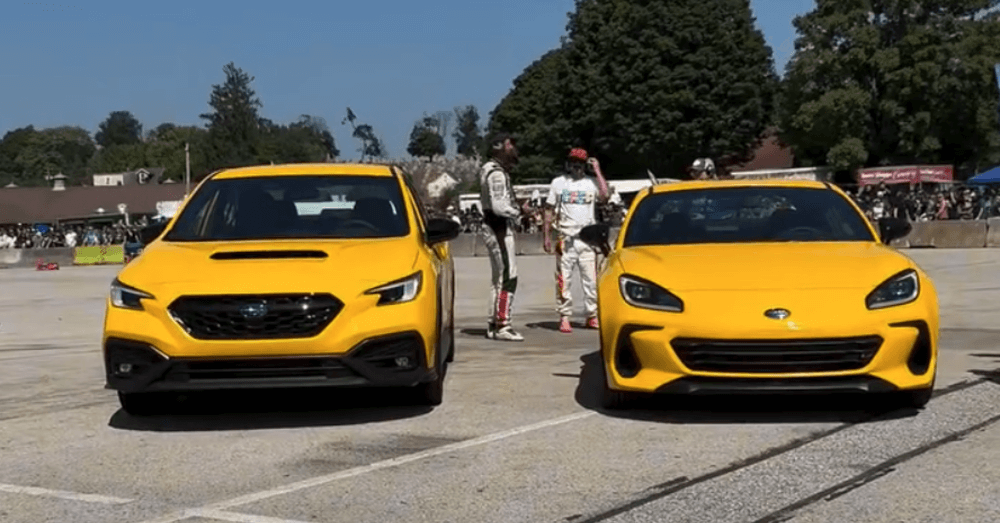
Subaru’s Bold New Move: 2026 BRZ and WRX Get Exclusive Yellow Special Editions
The 2026 Subaru Series.Yelllow special edition models are exciting versions of two of the most popular cars from the brand, and they only come one way.

Waymo Faces a Real Urban Gauntlet: Jaywalkers, Aggressive Drivers, and NYC Chaos Await
Imagine a self-driving car trying to make a right turn at 96th and Broadway. The light turns green, but pedestrians keep streaming across 96th Street. The Waymo waits patiently. The light turns red. More waiting. Then, before it even changes back to green, people are already crossing again. As one local observer joked, “It’ll be there for weeks.” This scenario perfectly captures the unique challenge facing Waymo as it begins testing its autonomous vehicles in the most demanding urban environment in America.

Polestar’s $200K Electric Roadster Packs 884 Horsepower
Polestar is showing off with a new Polestar 6 Roadster that is extremely hot and ready to take on the big dogs of the EV world.

The Changing Face of Car Buying: From Showroom to Smartphone
Car buying has changed dramatically. Today’s buyers start with smartphones, not dealer lots.This transformation represents more than convenience—it’s reshaping how consumers make one of their largest financial decisions. (more…)
